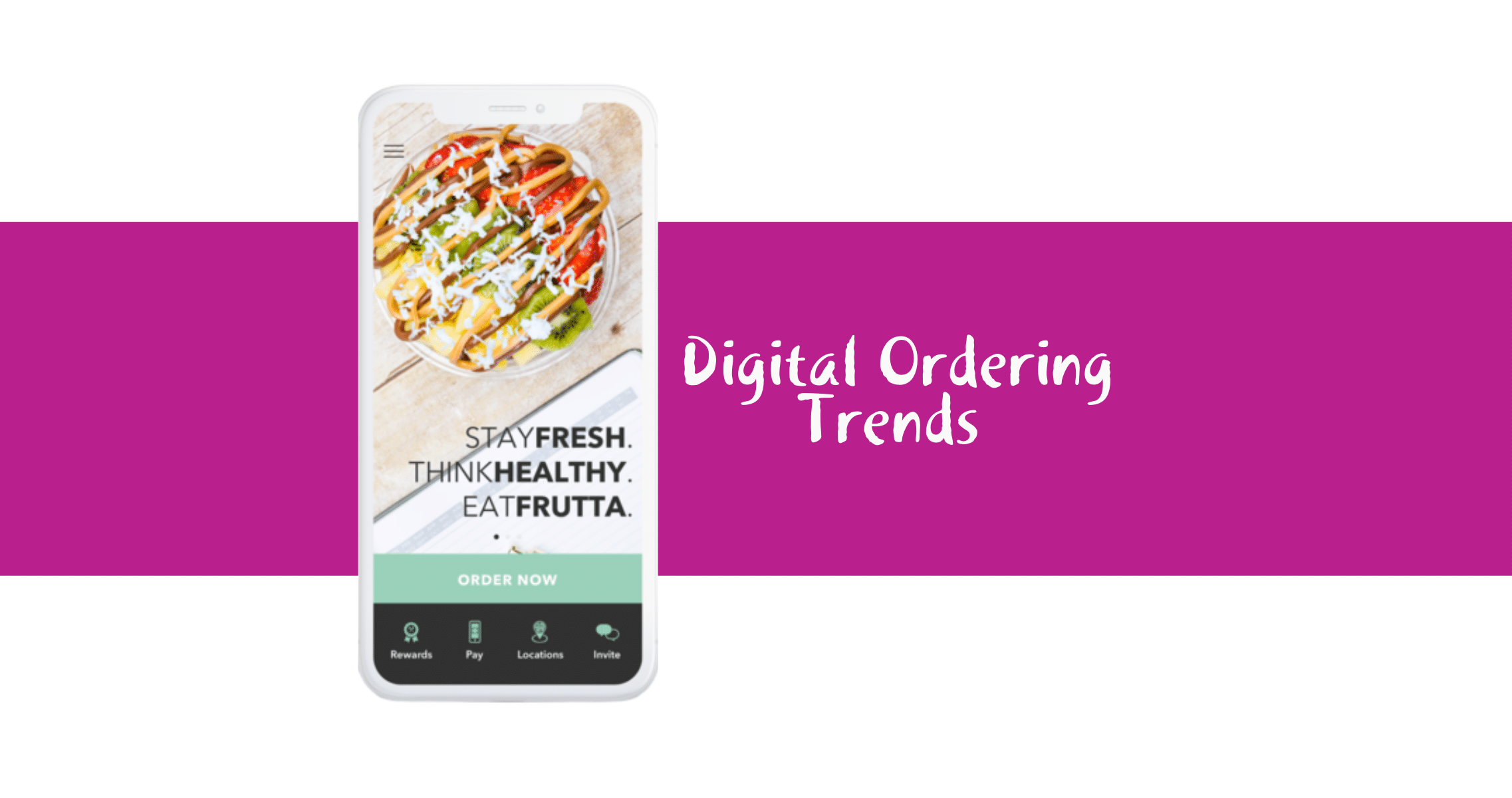Digital Ordering Trends & Grocery Store Dining
Kelly Roddy, CEO of WOWorks, parent company of Saladworks, Frutta Bowls, Garbanzo Mediterranean Fresh, and The Simple Greek, recently completed an interview with PYMNTS.com. Kelly shares information about the success of our grocery store-within-a-store restaurants, insights on digital ordering through direct and third-party ordering channels, and the digital impact on physical spaces. Read the full interview below.
As consumers increasingly view all their food purchases as one unified category, consuming restaurant meals at home and dining in at in-grocery-store eateries, restaurants have the opportunity to leverage consumers’ regular grocery trips to acquire customers and boost frequency.
WOWorks, for one, opened 11 in-grocery-store locations last year, including locations in Giant Food Stores and Walmart. The food franchise is the parent company of fast-casual chains Saladworks and Frutta Bowls, among others. Kelly Roddy, the company’s CEO, spoke with PYMNTS about how these nontraditional locations are expanding the brands’ reach.
“It’s a different venue — people are there, doing their grocery shopping, and they either stop, take a break, sit down to eat … or they get a salad to go and take it home with them,” he said. “That’s a new venue for us, and it’s been expanding pretty dramatically…I thought it would all be takeout. What we … were surprised by is how many people wanted to sit in a grocery store and dine in.”
For grocers, meanwhile, partnerships such as these offer the opportunity to use the consumers’ affinity for the restaurant brands to draw them inside, especially given the long-term trend of consumer food spending shifting from grocers to restaurants.
Discovery Channels
In addition to getting the brands in front of consumers during their routine grocery trip, WOWorks is also leveraging third-party marketplaces to acquire new customers.
“You’ve got the big guys: GrubHub, DoorDash and UberEATS,” Roddy said. “There’s a ton of regional players, and Google Order is really going to be really important to us.”
While these third-party channels can be a valuable way to reach new consumers, diners typically prefer ordering from their favorite brands through the restaurant’s direct channels, according to research from PYMNTS’ October 2021 report The Digital Divide, Aggregators: The Cost Of Convenience, created in collaboration with Paytronix.
The study, which drew from a census-balanced survey of more than 2,200 U.S. adults conducted in September, found that 44% had placed an online order through their restaurant’s website in the previous three months, while just 17% had used an aggregator to order from their favorite restaurant.
Driving Direct Orders
Indeed, while WOWorks is conscious of the benefits of being available through third parties, the company nonetheless leverages the tools at its disposal to incentivize adoption of direct-ordering channels. These strategies include offering lower menu prices than on third-party platforms and encouraging purchases with loyalty programs.
“[Consumers] are going to always get the best price ordering directly from us, but you also get to earn and use your rewards if you order from us, so I think that’s important,” Roddy said.
Findings from the September study revealed that pricing is far and away the number one motivator for consumers to order directly from restaurants. Fifty-three percent of those who do not use aggregators cited cost-related concerns as a reason they steer clear. In contrast, only 7% said that being unable to access their loyalty programs through aggregators was a reason for avoiding the channel.
The Customer Learning Curve
As Roddy sees it, restaurants are not just adapting to consumers’ desire for digital convenience; consumers are also adapting to the constraints of these channels. He cited the examples that consumers have learned to input very specifically what they want, that they have grown used to meals not being as warm as they would be if purchased in the restaurant and that they are growing accustomed to a lower standard of presentation than they would find in-store.
“I’m not saying we’re training the guests, but people are getting used to the systems,” he said.
Digital channels now generate more sales for restaurants than either in-restaurant sales or phone ordering, according to research from PYMNTS’ 2022 Restaurant Friction Index, also created in collaboration with Paytronix. The study, which drew from a survey of more than 500 managers of quick-service and full-service restaurants conducted in September 2021, found that 41% of restaurants’ sales are placed digitally.
Digital Impact on Physical Spaces
Roddy predicts that the continued growth of digital ordering will have an impact on restaurants’ physical spaces.
“You have so many orders that are not going to the dining tables inside the restaurant,” he said, “and so much is going out the door with drivers.”
He added that savvy operators will soon heed the call to reduce the space allocated to on-premise seating and to increase the space given to food preparation in an effort to meet this rising demand for off-premise orders.
“I think the kitchen designs are going to have to give us more prep area, more staging area, and we’re going to need less seats in the dining room,” Roddy said. “Guest counts in dine-in have been declining for years anyway, and this [pandemic] really accelerated that.”
This full article on PYMNTS.com can be found by clicking this link: https://www.pymnts.com/restaurant-innovation/2022/consumers-are-seeking-on-premise-dining-at-grocery-stores/
If you’d like more information about becoming a Frutta Bowls franchise owner, please complete our Contact Us form on https://franchise.eatzeats.com/#contact.

